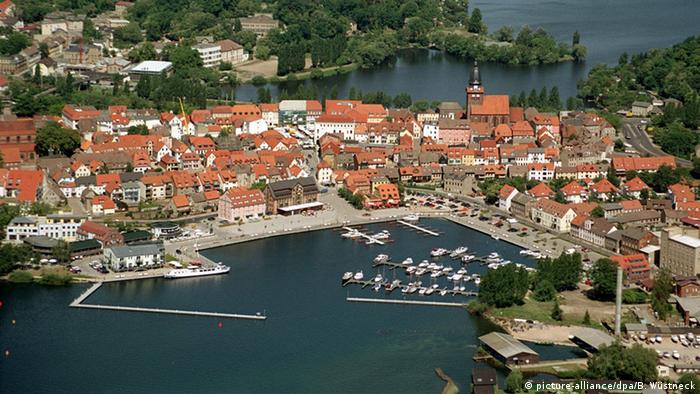MILLIONS of people will be making use of oil-filled radiators to heat their homes this winter â we explain how much they cost to run.
Temperatures have well and truly dropped and many of us are dialling up the heating in a bid to keep cosy.
If you use an oil radiator it could be adding to your energy billsMany of us will use an oil radiator in a bid to keep warm.
It may be that you use this as a more economic solution to heating up your home than turning on the heating as energy bills spiral.
From October 1, energy bills soared to £2,500 a year for the typical household, up from £1,971.
An advantage about these plug-in heaters is that they can be moved around the home so you’re only heating up the room you’re actually in rather than blasting warm air across the whole house.
But how much does an oil radiator really cost to run, and is it good value for money?
We break down the costs.
How much does it cost to run an oil radiator?
Oil radiators use an electrical element to heat up thermal oil inside.
Of course, heating up the element requires energy and that affects your bills.
According to Which?, a standard 2,000 watt oil filled radiator uses around 2 kilowatt hours (kWh) of energy for every hour it’s in use.
The equation you use to convert that energy usage into cost is the power (kilowatt) x cost of one kWh (pence) x length of time.
Right now, the current rates for duel fuel tariffs include 10.3p per killowatt hour (p/kWh) for gas and 34p/kWh for electricity.
This is based on the current £2,500 a year price cap for the typical family for two years.
That means plugging in the oil radiator will cost 68p an hour to run.
If you had the radiator running for six hours that would be £4.08.
And if you did that every day, that’s £28.56 a week and a whopping £1,485.12 a year.
Of course, you’re not likely to be using your radiator through the summer months, so most households won’t have to fork out nearly so much.
But the price cap is only fixed until April â we’ll see if it goes up even more then.
The exact amount you’ll pay on running your oil-filled radiator depends on the model you have and how much you use it.
But the hourly cost of using the radiator is enough to give pause for thought.
If you’re worried about using the heating, then there are other more cost-effective ways to keep warm this winter.
On average, USwitch estimates it will cost 24p to run a heated blanket for one hour a day for seven days from October â which is considerably cheaper than using an oil-filled radiator.
You could also stock up on hot water bottles too.
It’ll cost 17p to run your kettle for 10 minutes.
If you do that once a day for your hot water bottle, for the same four months of the year, that’s just £2.40 in total.
Has the cost increased?
The running cost has also been increasing.
In January, when households were feeling the cold, the typical cost of electricity was just over 21p, which means per hour, it would cost 42p.
Over the year, that comes to £919.80 â which is £565.32 cheaper than what it will cost from October.
For eco-warriers, the oil filled radiator could also be problematic.
Utilita says it used up around 0.5826kg in CO2 emissions per hour â the equivalent to driving 2.11 miles.
For comparison, the emissions produced by an electric blanket for an hour would be the equivalent to driving 0.05 miles â that’s about 80 metres.
What can I do to keep energy bills down?
The cost of energy is high on many people’s minds at the moment as bills are soaring.
But there are steps you can take to keep your energy usage in check â which will help keep costs down.
We have investigated the seven worst appliances to leave on standby, that could be adding hundreds to your bills.
We’ve also looked into how to save energy in every room of your home.
Or if you want some toasty clothes to put on, we’ve calculated the cost of running a heated clothes airer .
If you’d prefer a warming winter meal, here’s how much it costs to run a slow cooker .





